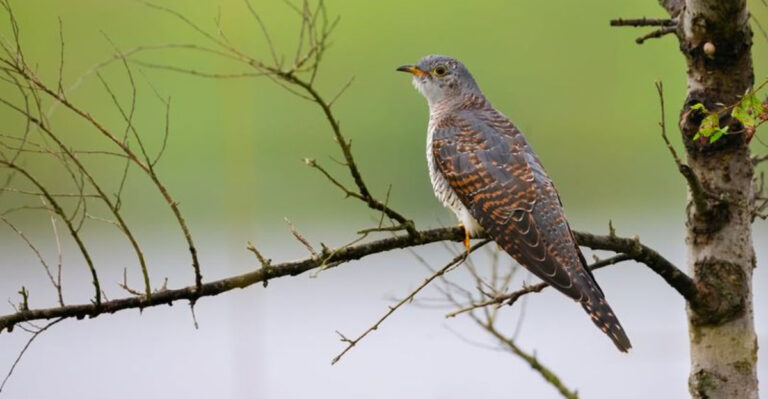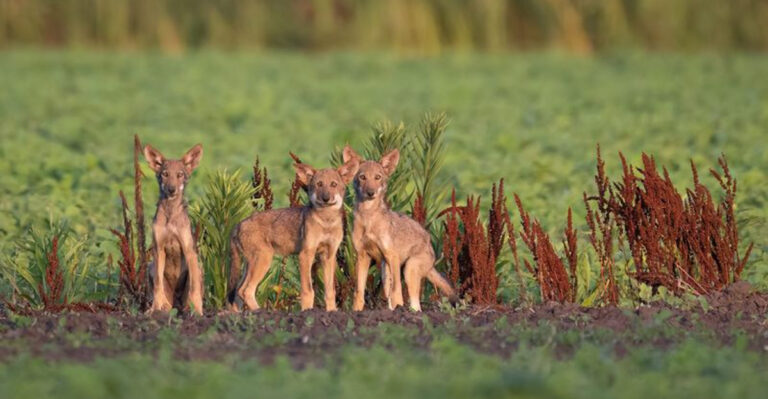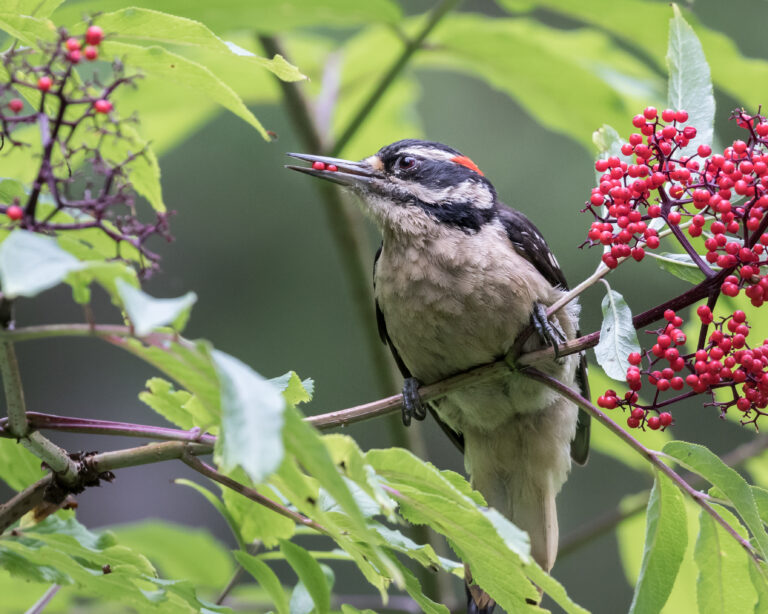The Oldest Modern Bird Linked To Ancient Antarctica
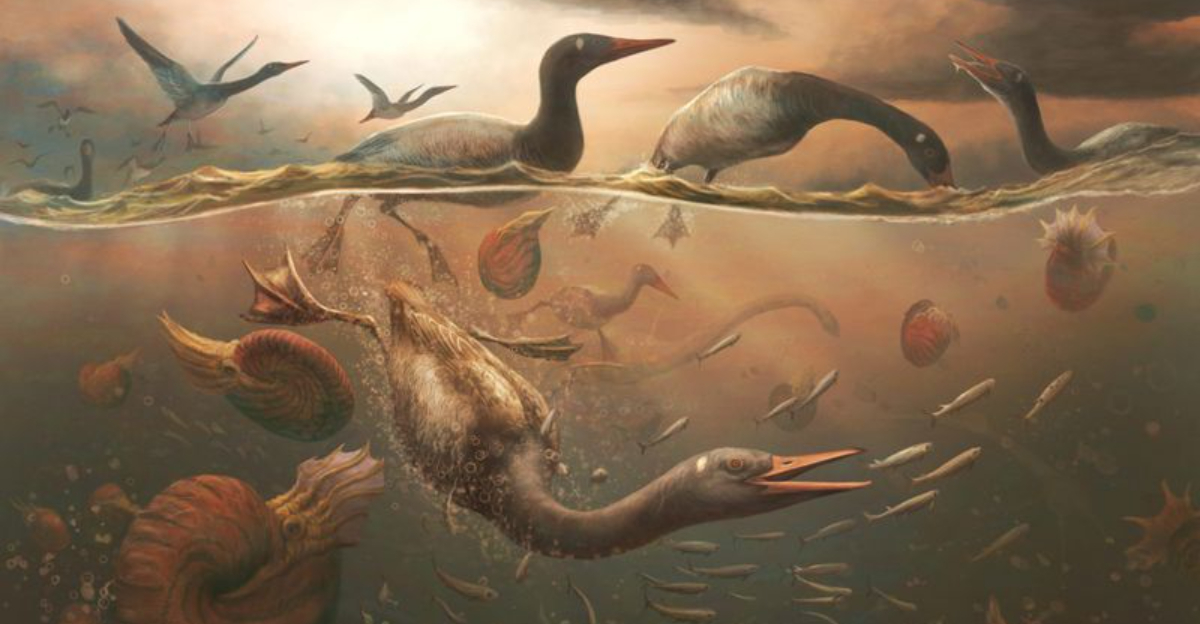
Step into the fascinating world of Vegavis iaai, the oldest known modern bird, whose existence bridges the gap between today’s avian species and a long-lost prehistoric past.
This ancient bird, closely tied to the frozen landscapes of ancient Antarctica, offers a glimpse into the evolutionary story of birds.
Join us as we uncover the remarkable history of Vegavis iaai, a creature that continues to captivate the scientific community with its connection to both the past and present.
Fossil Discovery
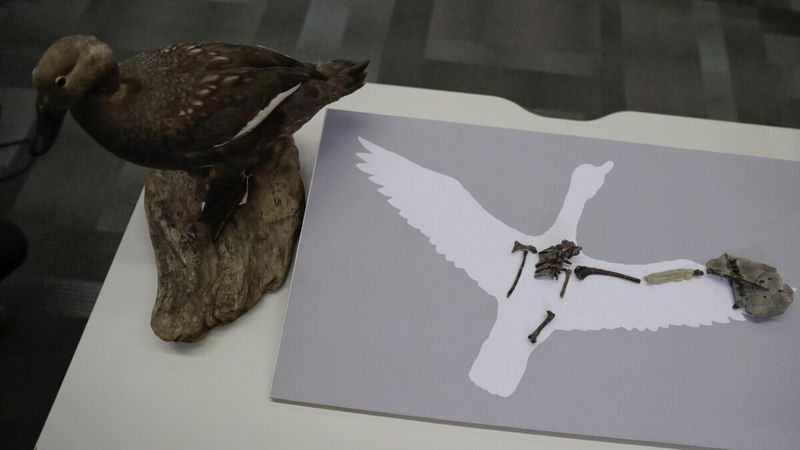
In 1992, paleontologists made an astonishing find in Antarctica: the fossilized remains of Vegavis iaai.
This was not just any bird, but one that lived over 66 million years ago, during the late Cretaceous period.
The discovery was a game-changer for scientists, revealing insights into the evolutionary timeline of modern birds.
Digging through layers of ice and rock, researchers painstakingly unearthed bones that would later rewrite history books.
This fossil showed that some bird lineages survived the mass extinction that wiped out the dinosaurs. Truly, a monumental find in the icy wilderness.
Antarctic Connection

While today we associate Antarctica with ice, during Vegavis iaai’s time, it was a lush, green environment.
This bird thrived in a world vastly different from the frozen continent we know now. Scientists believe this lush habitat provided ample resources for this avian species.
The link between Vegavis and ancient Antarctica highlights how dramatically climates can shift over millions of years.
Such findings emphasize the adaptability and resilience of life in the face of changing environments. Vegavis iaai stands as a testament to the dynamic history of our planet.
A Closer Look At Vegavis
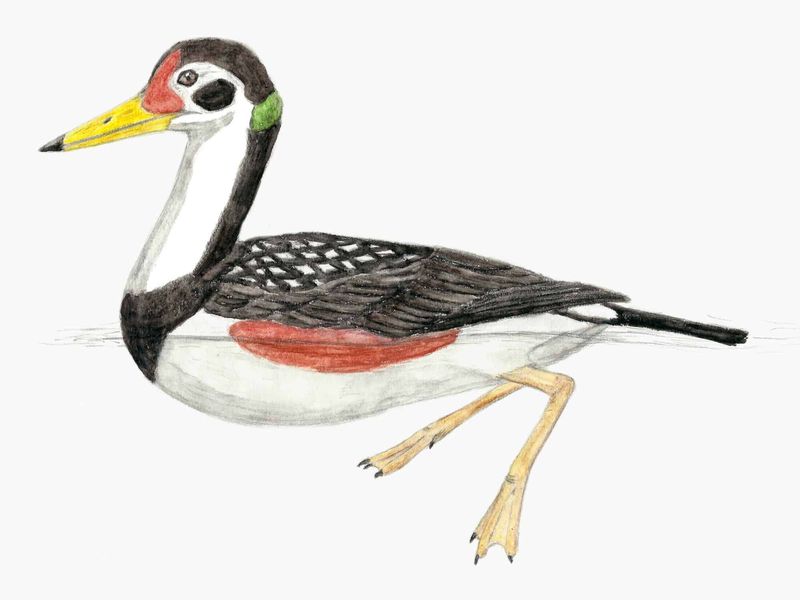
Vegavis iaai wasn’t just any bird; it was a member of the Anseriformes group, closely related to ducks and geese. This connection gives us clues about how modern waterfowl evolved from ancient ancestors.
The bird was about the size of a small duck, with features suggesting it was adapted to both land and water.
Its anatomical structure offers a glimpse into evolutionary advancements that allowed birds to conquer diverse ecosystems.
Through Vegavis, we see the incredible journey of avian evolution, a story still unfolding today.
The Importance Of Vegavis
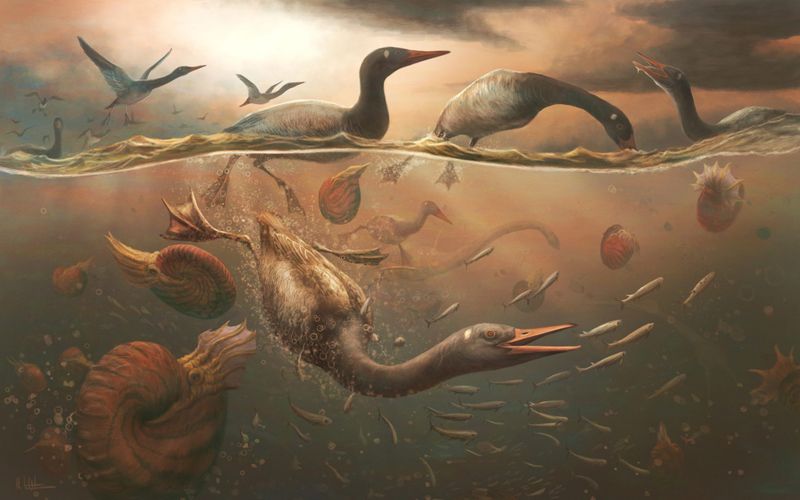
Vegavis iaai holds a pivotal place in the puzzle of avian evolution. Its discovery demonstrated that modern birds coexisted with dinosaurs, something previously debated among scientists.
The bird’s fossil has been crucial in understanding the divergence of bird species before and after the mass extinction event.
Its existence is a reminder of the resilience and continuity of life, even in the face of colossal planetary changes.
This humble bird provides a key chapter in the grand narrative of evolution, bridging the past and present.
The Name’s Origin
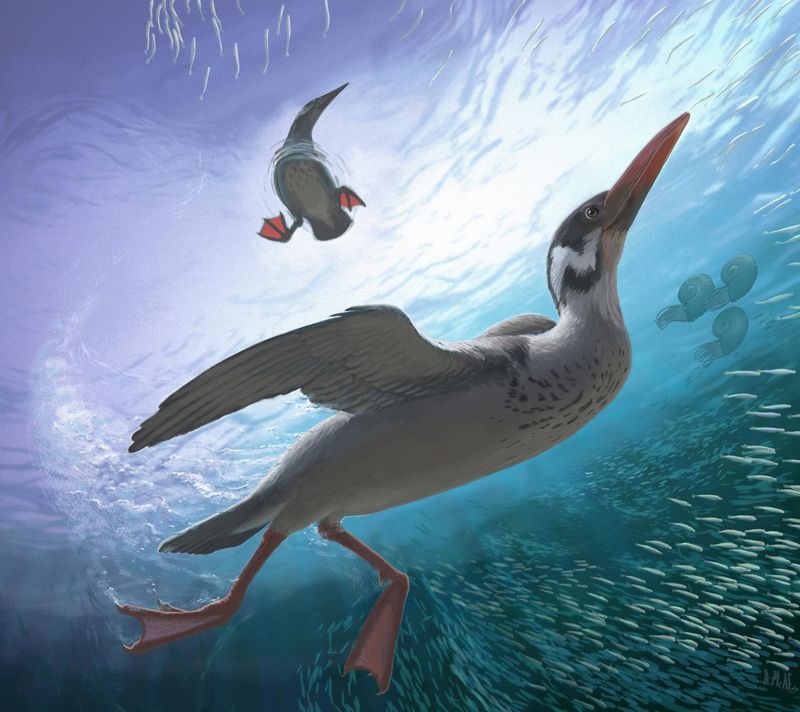
The name Vegavis iaai is derived from the Vega Island where its remains were found, combined with the Latin word ‘avis’ meaning bird.
The species name ‘iaai’ is an acronym for the Instituto Antártico Argentino, honoring their significant contributions to Antarctic exploration.
Naming a species is a way of immortalizing its discovery and the place it was found. It connects scientific endeavors with geographic and historical contexts, providing a story behind the name.
This process enriches our understanding of scientific discoveries, embedding them within a broader cultural and natural history.
Fascination With Evolution
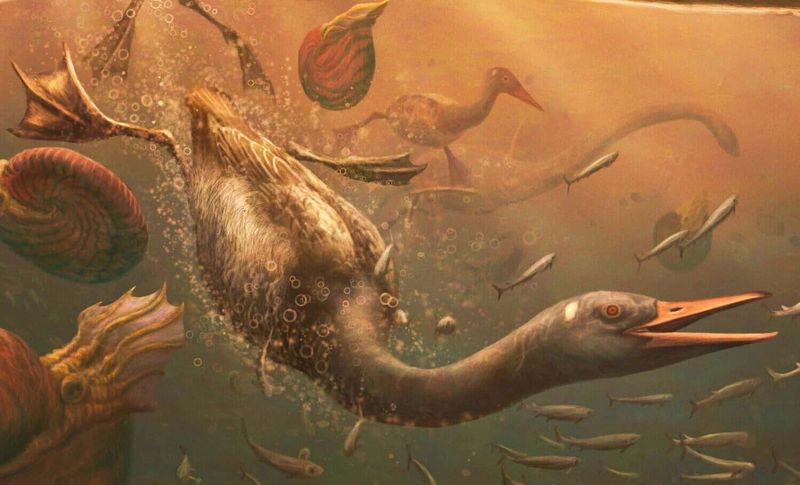
Vegavis iaai serves as a crucial link in the evolutionary chain, offering evidence of how birds transitioned from dinosaur ancestors.
This transition is one of the most captivating evolutionary narratives, demonstrating remarkable adaptations.
The fossil record of Vegavis helps clarify the timeline of avian evolution, showcasing traits that allowed these creatures to thrive post-dinosaurs.
Such discoveries highlight the intricate dance of evolution through time, revealing nature’s innovative solutions to survival challenges.
Vegavis iaai, with its ancient roots, enriches our understanding of life’s adaptability and transformation.
Unique Features
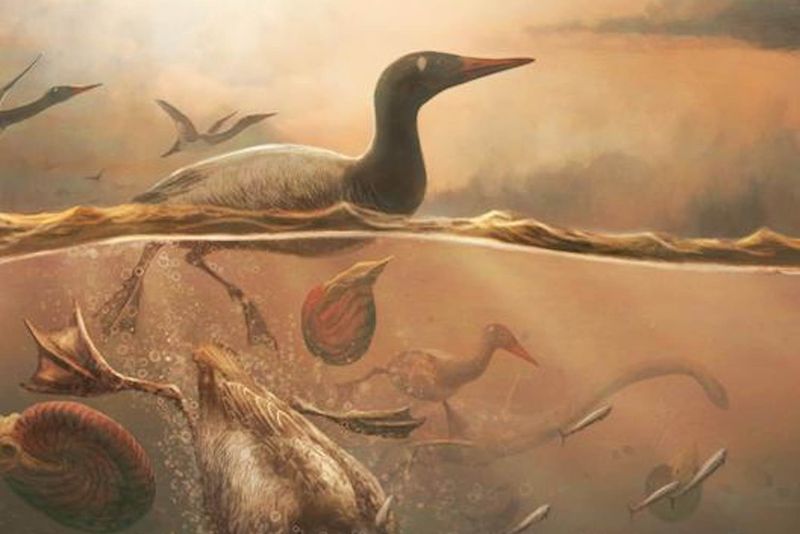
What made Vegavis iaai exceptional were its anatomical features, setting it apart from its contemporaries. Its bones are similar to those of modern ducks, indicating a lifestyle that included swimming and diving.
These physical traits suggest a versatile creature comfortable both in water and on land. Understanding these features helps scientists reconstruct the lifestyle and behavior of ancient birds.
Through Vegavis, we gain insights into how early birds exploited diverse habitats, a skill that likely contributed to their survival through earth’s turbulent past.
The Cretaceous Environment
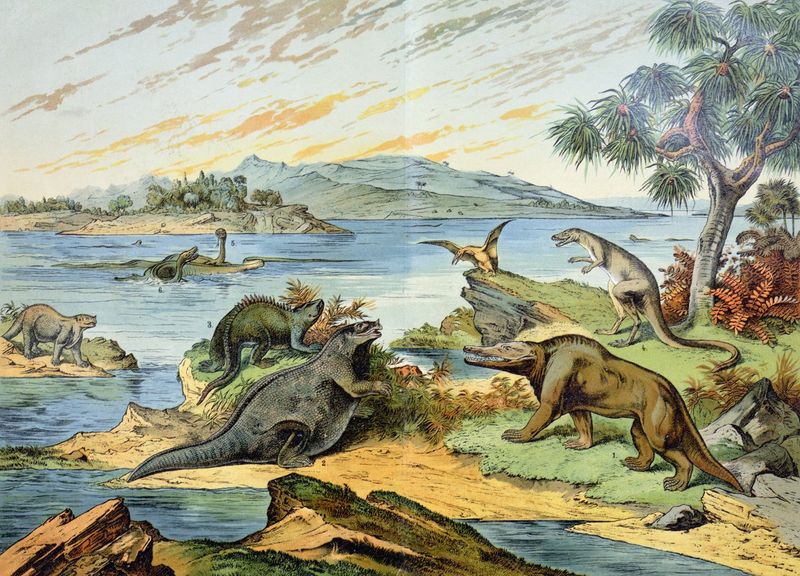
During the Cretaceous period, the environment was a vibrant tapestry of life, teeming with diverse species. Vegavis iaai lived alongside dinosaurs, in a world rich with vegetation and dynamic ecosystems.
This period was marked by significant evolutionary developments, with flowering plants emerging and new species thriving.
Understanding this environment helps scientists piece together the intricate web of life that existed millions of years ago.
Vegavis iaai, nestled within this rich ecosystem, provides a snapshot of avian life during a time of great change and diversity.
What Vegavis Iai Reveals About The Origins Of Avian Species
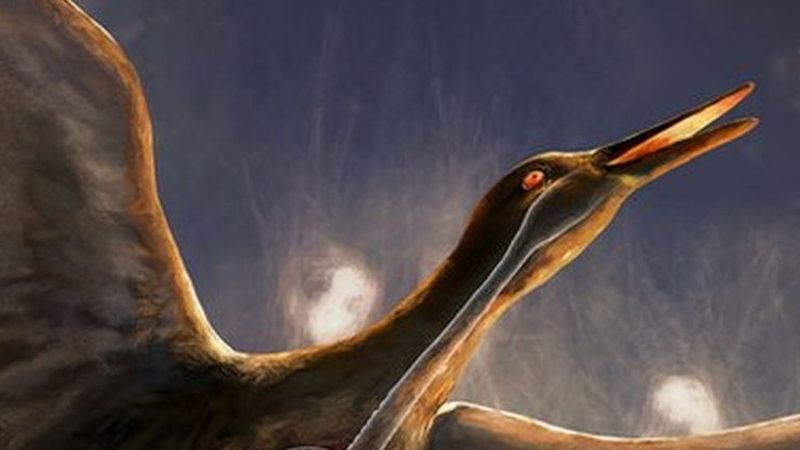
Vegavis Iai offers a crucial insight into the evolutionary roots of modern birds. As one of the earliest known members of the avian lineage, it provides evidence of how birds evolved from ancient dinosaurs.
The fossil of Vegavis Iai bridges a key gap in understanding the transition from non-avian dinosaurs to the first true birds.
Its anatomical features suggest that some traits we associate with modern birds were already present millions of years ago.
This discovery reshapes our understanding of how bird-like creatures evolved and adapted to life in ancient environments.
Unveiling The Link Between Vegavis Iai And Today’s Birds
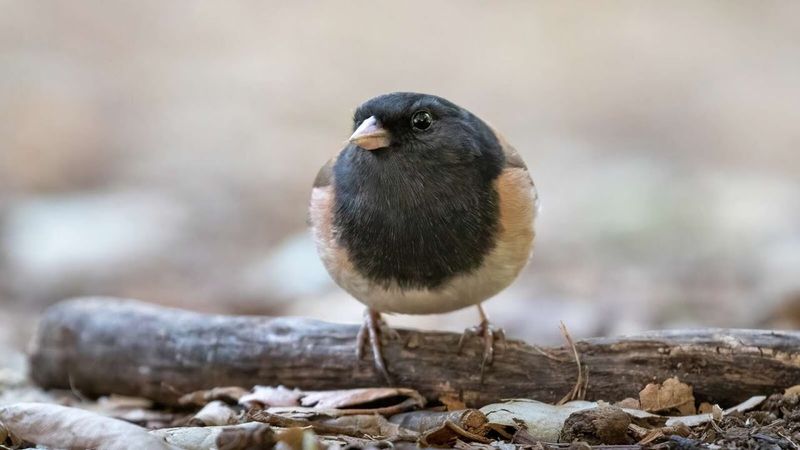
Vegavis Iai serves as a vital link connecting prehistoric birds to the avian species we know today. Found in ancient Antarctic layers, it provides clues about the survival strategies of early birds and their adaptations to cold environments.
The fossil’s features align closely with modern waterfowl, offering insights into how birds diversified over millions of years. By studying Vegavis Iai, scientists can better understand the evolutionary pathways that led to today’s diverse bird species.
This discovery helps illustrate the continuity between ancient avian life and the birds that fill our skies today.


